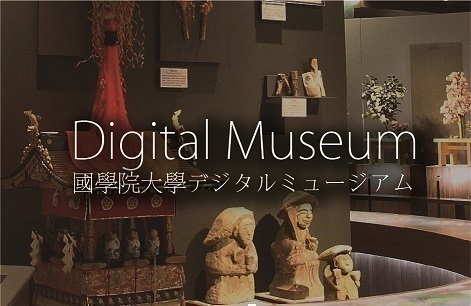- トップ
- Encyclopedia of Shinto
- Nijūshi sekki
Encyclopedia of Shinto
| Main Menu: | |
| Links: |
詳細表示 (Complete Article)
| カテゴリー1: | 5. Rites and Festivals |
|---|---|
| カテゴリー2: | Rituals in Daily Life |
| Title | Nijūshi sekki |
| Text | "The twenty-four seasonal divides." Established to mark precise turning points within the annual seasonal cycle, the nijūshi sekki comprise a calendar divided into twenty-four points beginning with risshun ("the beginning of spring") and ending with daikan ("the coldest season"). The duration from one sekki to the next was approximately fifteen days. The calendar originally comes from China, where it has been in use since before the Common Era, and was adopted in Japan as the genkareki calendar in 692 during Emperor Jitō's reign. The nijūshi sekki also became a convenient way to distinguish the change of seasons and they became days on which a variety of folk festivities would take place. Particularly on such days as setsubun (the day prior to risshun), the vernal equinox, the autumnal equinox, and the winter solstice, from ancient times a variety of religious festivities corresponding to the seasons came to be held at the imperial court and among the common folk. Until 1843 late in the Edo Period the seasonal divides were calculated by making twenty-four equal divisions of the lunar-year in a method known as heikihō, jōkihō, or kōkihō; a different method known as teikihō or jikkihō then went into use that was based on twenty-four equal divisions of the sun's ecliptic path. The former system was based on a 28-day lunar phase month and a lunar year fell several days short of the 365-day solar year, thus requiring inseration of an intercalary month once every two or three years. Under the latter method the ecliptic cycle of the sun is divided into twenty-four equal parts and so the variance from year to year is extremely small. Today, the day before risshun is regarded as a special holiday known as setsubun ("change of season"), but originally the days before rikka ("beginning of summer"), risshū ("beginning of autumn") and rittō ("beginning of winter") each also constituted a setsubun. However, since the notion that risshun marked the start of a new calendar year grew widespread, setsubun came to refer to that day in particular for its calendrical importance in marking the boundary between two years. Each of the twenty four seasons falling between the twenty-four sekki is further divided into three equal parts, the seventy-two kō. However, these approximately five-day units are generally not used due to their being so short. — Inoue Nobutaka |





